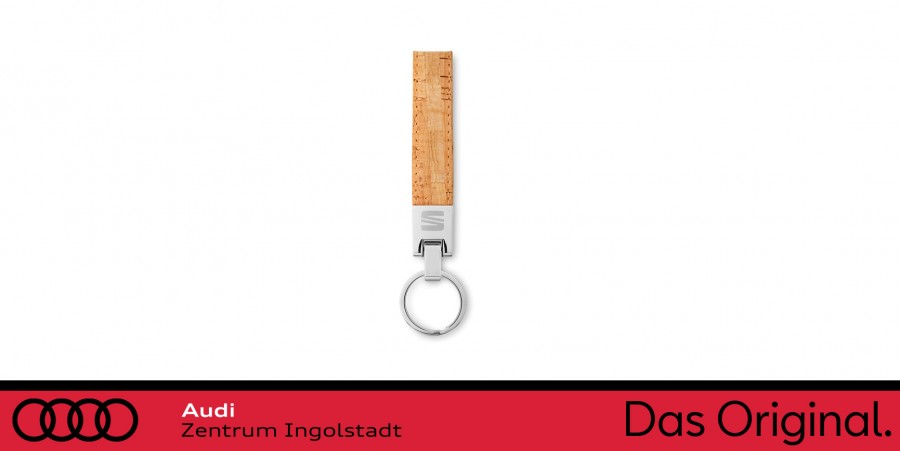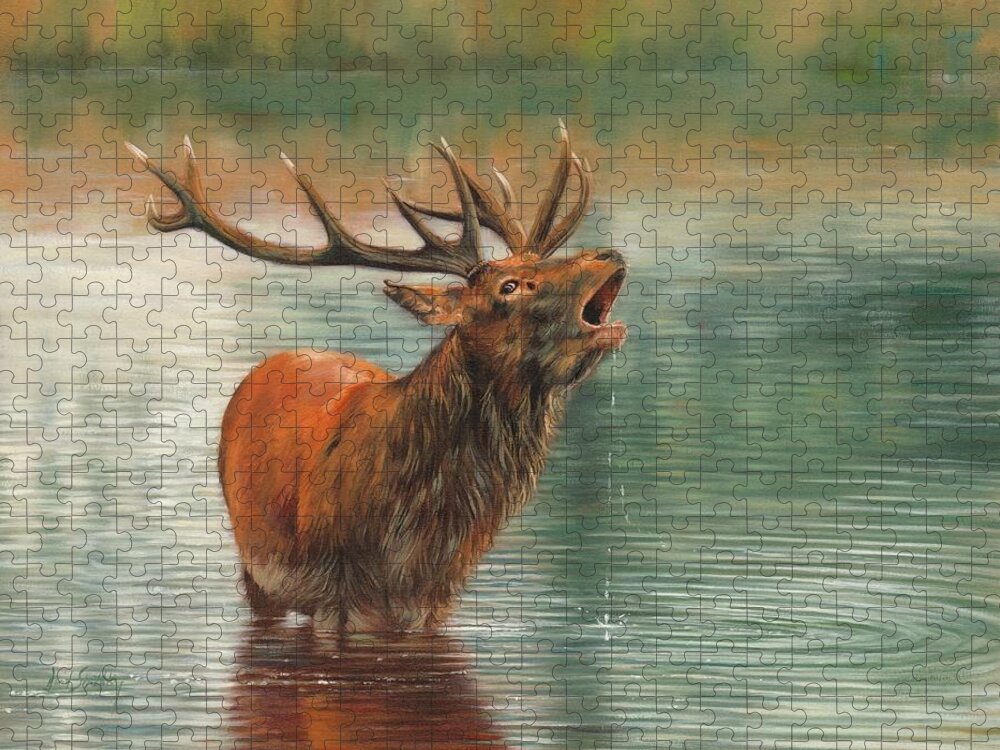Animals, Free Full-Text
€ 24.00 · 5 (635) · Auf Lager
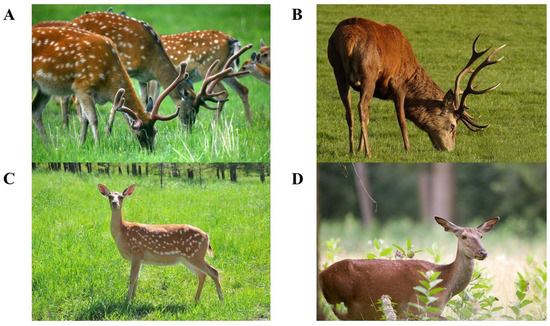
Microbial symbiotic associations may be beneficial, neutral, or harmful to the host. Symbionts exploit the host space and nutrition or use hosts as carriers to spread to other environments. In order to investigate the fecal bacterial communities of wild sika deer (Cervus nippon) and wapiti (Cervus canadensis), this study aimed to sequence and explore the composition of, and similarity between, the fecal microbiota of sika deer and wapiti using high-throughput sequencing. The composition and relative abundance of fecal microbiota, alpha diversity, and differences in beta diversity between the two species were analyzed. We found that no pathogenic bacteria were present in large quantities in the hosts. The dominant bacterial phyla found in the two deer species were similar and included Firmicutes, Bacteroidetes, Proteobacteria, and Spirochaetes. Moreover, the deer also shared similar dominant genera, including the Rikenellaceae RC9 gut group, Ruminococcaceae_UCG-010, Ruminococcaceae_UCG-005, and Bacteroides. These results demonstrate that the sika deer and wapiti share a similar fecal microbiotal structure, probably due to their common diet and living environment, but there was some evidence of a difference at the species level. These analyses provide new insights into the health status of deer populations outside protected environments and offer a scientific framework for monitoring the health conditions of sika deer and wapiti.
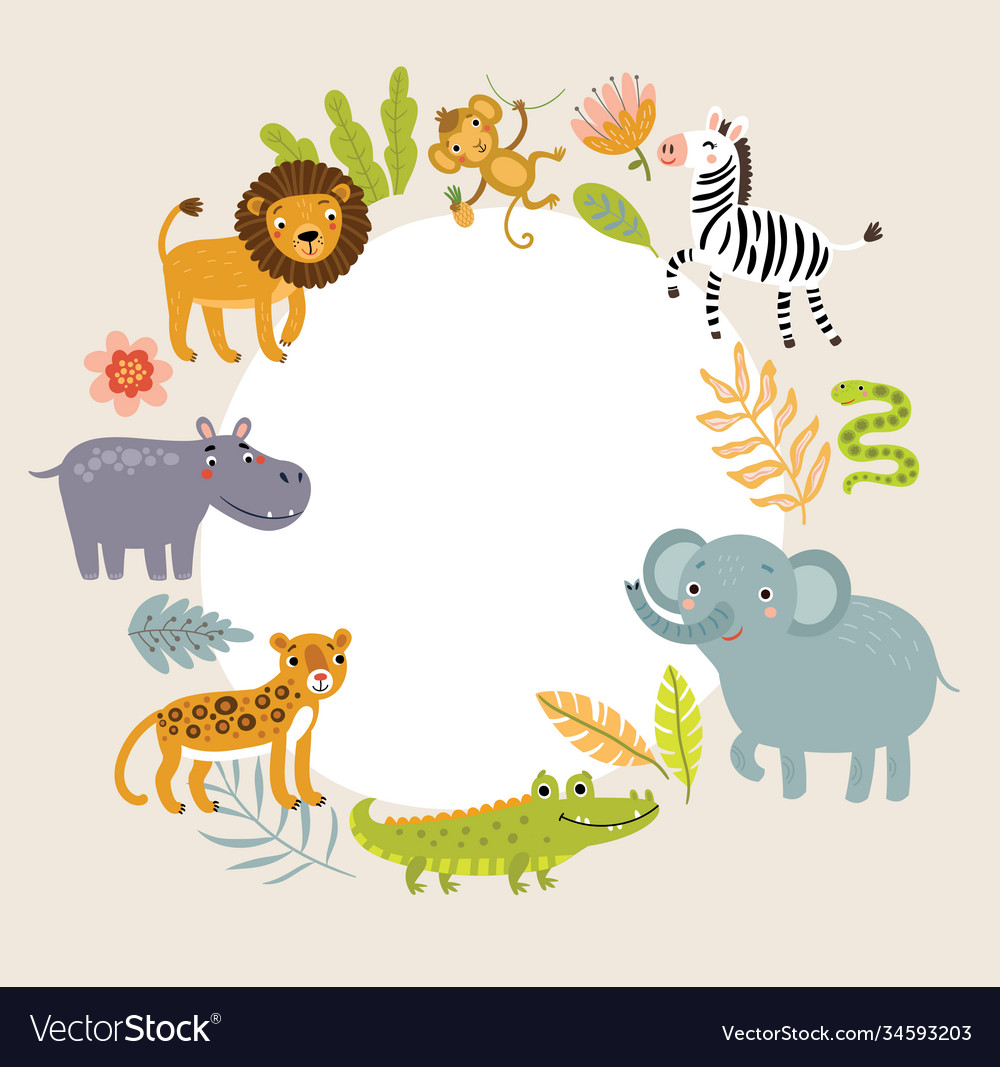
Animals, Free Full-Text, long dong tigers
Animals, Free Full-Text, dingo

Free Willy? Dolphin drama riles aquaria

FREE Farm Animals, Animal Reports, Informational Writing
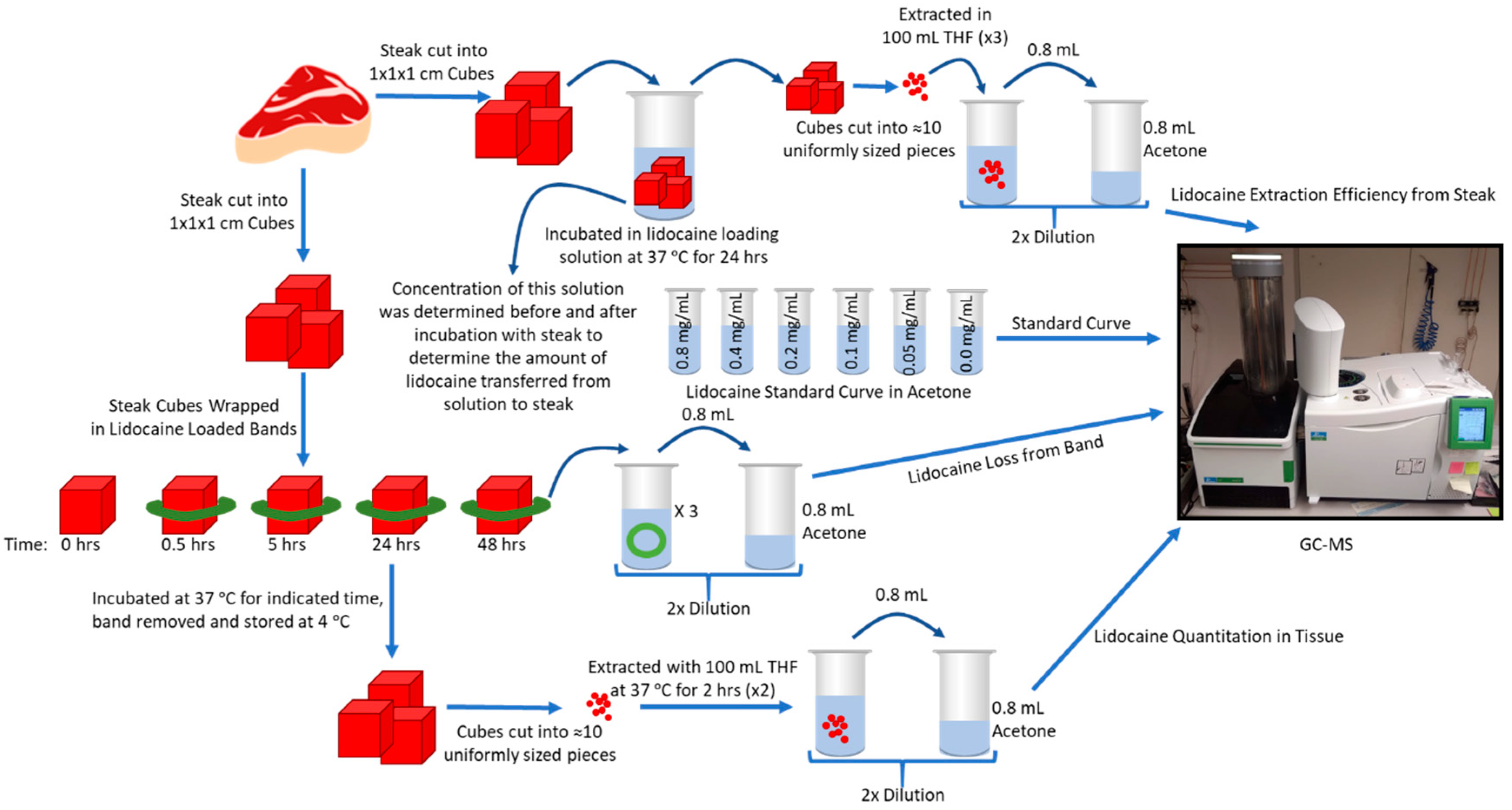
Crystal Heath DVM on X: Just like how the lions do it. We could

People for the Ethical Treatment of Animals (PETA)
Pea Horsley, Animal Communicator

Set With Full English Alphabet, With Animal Names From A To Z
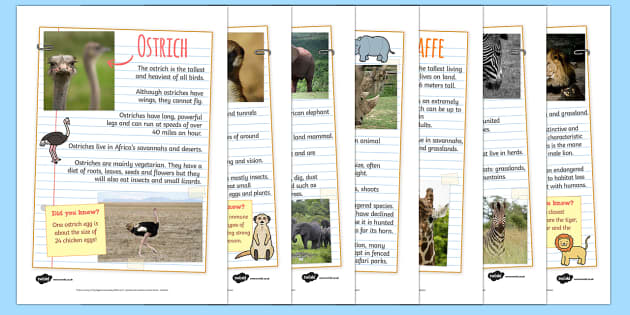
Safari Animal Fact FileDisplay Posters (teacher made)


